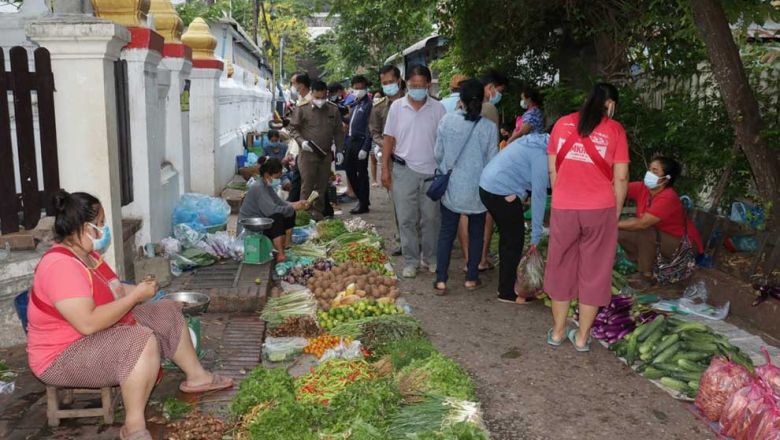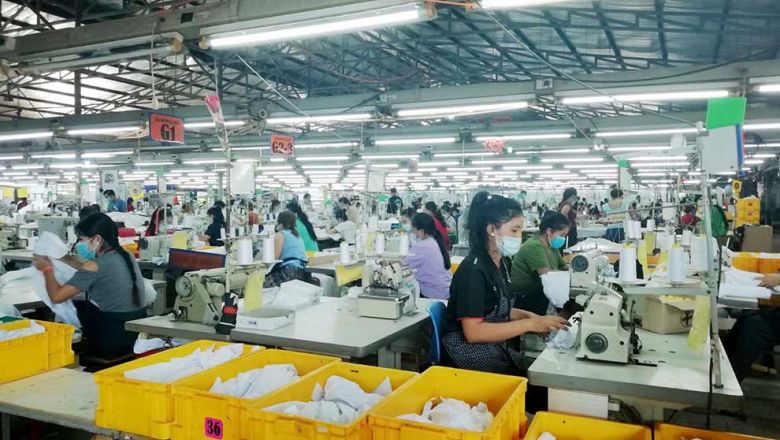Khuadin Market still open as sales decrease
Khuadin Market still open as sales decrease
Shop owners at Khuadin Market are reporting slowing sales ahead of a major upgrade to the site even though construction hasn't started yet.
According to traders who spoke to Vientiane Times yesterday, shoppers are staying away from the ma rket in the mistaken belief that their shops had already closed or relocated for the new development.
About 20 percent of Khuadin Market, which is owned by a privat e company, Lieng Heng Trade and Market Development, will undergo a major facelift to turn it into a modern style shopping facility.
Approximately 170 stores selling clothes, shoes, bags and household products would be closed until construction work was finished according to the market's management office.
The area selling meat, fish, fruit, vegetables and other assorted goods will not be affected.
However, vegetable trader, Ms Vanh explained the number of customers had slipped even in the last two weeks with some customers misunderstanding traders had relocated to other markets.
The shoppers thought all stalls at the market had gone already so sales suffered during a traditional high season for retailers with numerous events and festivals.
Ms Vanh explained that as the market was located in the city centre it was facing increased competition from new convenient supermarkets also serving fresh fruit and vegetables.
A clothing shop owner added that as the market was located next to the bus station and across from Talat Sao Shopping Mall many shoppers were finding it difficult to find a car park.
She expected customer numbers to decline further if concerned authorities did not assist in getting the message out they were still open for business.
She hoped social media could help her and other traders promote the hundreds of shops still open every day for customers.
The large and popular trading place had until recently been a long time favourite of Vientiane residents with a wide variety of fresh produce and retail outlets.
In recent years, the number of Lao and foreign vendors, especially Vietnamese, had increased significantly.
















